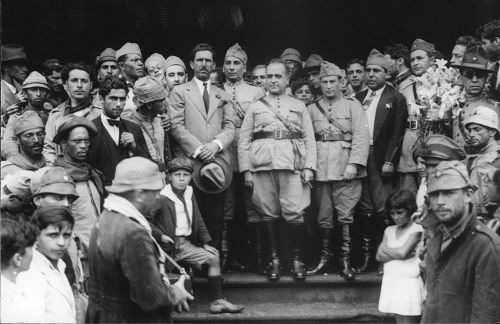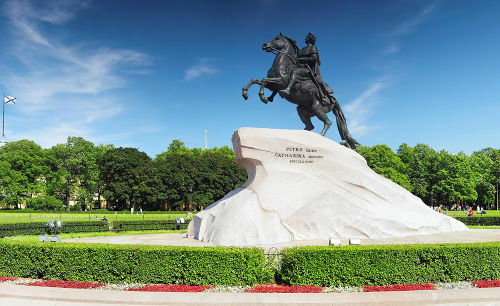THE economymedieval faced different stages during the High Middle Ages (V-X centuries) and the low middle age (11th-15th centuries), as the economy went from a phase of retraction and weakening to a renaissance and economic strengthening from the 11th century onwards.
Economy in the High Middle Ages
The medieval economy during the High Middle Ages (5th-10th centuries) went through the changes imposed by the crisis of the Roman Empire. According to what historian Hilário Franco Júnior says|1|, in this period, there was low productivity, few consumer goods, extremely timid trade and little circulation of coins.
THE low productivity it was a direct consequence of the process of population decline that Europe experienced with the disintegration of the Roman Empire. This population reduction affected not only agricultural production, but also artisan production. Thus, the lack of labor generated a shortage that was directly reflected in the productive capacity of the period.
With low production, geared almost exclusively to self-consumption, trade suffered a strong impact, as there was little surplus to be sold. Eventually, products from a domain (large agricultural property) were left over for trade with existing domains in the vicinity. However, in general, this trade surplus, both agricultural and artisanal, was low in Western Europe.
Ordinary extremely shy trade, Ocurrency use lost strength. Thus, the currency, according to Franco Júnior|2|, retained only the function of store of value, which could be used in times of need. Therefore, the low use of currency was directly related to the lack of surplus for marketing.
An important aspect about this period – and generally little discussed – was the existence of slaves in Western Europe. However, there were few slaves and, therefore, the slavery was considered weak in that region. The existence of slaves is pointed out in some parts of Europe, such as England and Germany.
Economy in the Early Middle Ages: the commercial renaissance
From the 11th century, Europe underwent a process of population growth. This resulted in more labor available for agricultural work. In addition, this continent has expanded its productive lands since the 10th century with the clearing of forests. These two factors together (population increase and increase in productive land) allowed a productive increase.
This growth in European production in the Low Middle Ages was also the result of a series of technical innovations in agricultural cultivation. The development of three-year system, for example, enabled an increase in soil productivity from 50% to 66%|3|. In this system, productive land was divided into three large lots: two were cultivated and the third lot rested for a year. This allowed the soil to recover nutrients and maintain its fertility. Furthermore, there were improvements in soil plowing techniques with the use of animal force.
These factors, therefore, resulted in increased agricultural production, which enabled the use of trade surplus and encouraged the strengthening of trade. Commercial activities were also boosted by the growth of artisanal production, as a consequence of the population increase and the number of people who abandoned agricultural work to dedicate themselves to crafts. With stronger trade, the need in Western Europe for currency was renewed. From the 13th century onwards, places that minted coins for payment of the goods.
There were also two major hubs for transporting goods: the mediterranean axis, in which the Italian cities of Venice and Genoa controlled the trade of goods in Italy and nearby regions, and the Nordic axis, controlled by the Hanseatic League. This league represented a group of German cities that united in defense of their commercial interests.
Merchants of the Mediterranean and Nordic axis had as a meeting point the annual fairs held in the Champagne region of France. There, merchants had the safe-conduct of the nobles, that is, they could trade without the need to pay taxes and with guaranteed security.
Commercial development resulted in the emergence of a new social class in Europe: the bourgeoisie. With the strengthening of this class, it came to rival the nobles and the Church for power over the great European cities. The medieval economy was strongly impacted by the 14th century crisis, from which it only recovered from the 15th century.
|1| FRANCO JUNIOR, Hilary. The Middle Ages, birth of the West. São Paulo: Brasiliense, 2006, p. 32.
|2|Idem, P. 36.
|3|Idem, P. 34.
By Daniel Neves
Graduated in History


